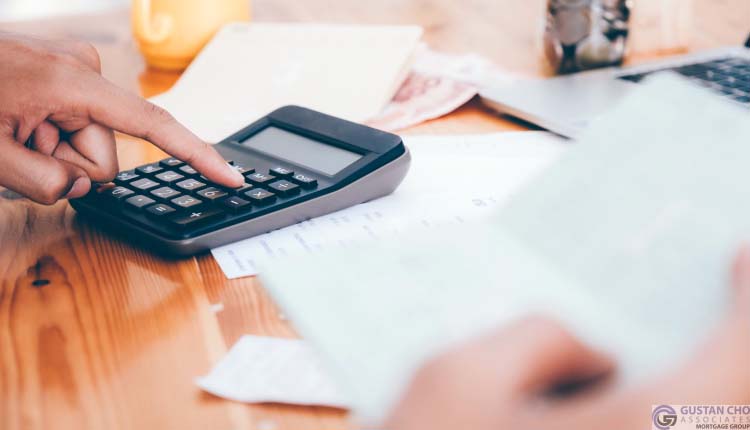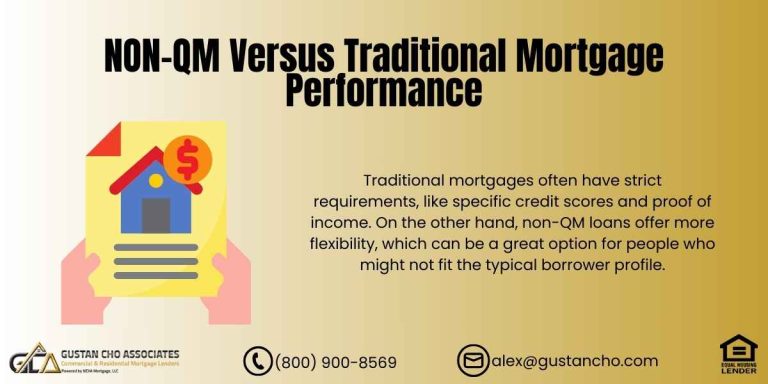This guide covers the first payment after closing for mortgage loan borrowers. One of the most common questions new homebuyers ask is when the first payment after closing. Other homeowners tell many that it will be a while before they make the first payment after closing on the new home.
The first payment on a mortgage loan typically becomes due one month after you close on the loan. You want to ensure you make your first payment after closing and not be late.
For example, if you close your mortgage on January 15th, your first mortgage payment will likely be due on March 1st. Many have worked hard to get good credit and do not want a late payment reported on their credit report. So how does the new homeowner know when their first payment after closing is? This is very easy to figure out. In the following paragraphs, we will cover homeowners’ first payment after closing.
Understanding Mortgage Interest Payments Are Paid In Arrears
A new mortgage borrower’s first payment after closing is due at the beginning of the first full month after the home closes. Then, the mortgage payments are due every month thereafter. Remember to set up a reliable method for making your mortgage payments on time, as timely payments are crucial to maintaining a good credit history and avoiding late fees.
Mortgage interest always accrues on the unpaid principal balance of the mortgage. Interest on a mortgage is always paid after the interest has accumulated and not before it.
For example, if your August mortgage payment includes the mortgage interest for July. Or if you closed on your home in the middle of July, you would pay the mortgage interest for July because you have owned and occupied the home.
Speak With Our Loan Officer , Click Here
How Are Mortgage Payments Calculated
Your mortgage payment is typically calculated using a formula considering several factors, including the loan amount, interest rate, loan term, property taxes, and insurance. The most common formula used for this calculation is the mortgage payment formula:
�=��⋅�⋅(1+�)�(1+�)�−1+�
Where:
- � is your monthly mortgage payment.
- �� is the principal loan amount (the amount you borrowed),
- � is your monthly interest rate (annual interest rate divided by 12),
- � is the number of payments (loan term in months), and
- � is the total of your monthly property taxes and homeowners insurance.
It’s important to note that some mortgages include private mortgage insurance (PMI) if your down payment is less than 20%. If your loan includes PMI, you would also need to add that to the total monthly payment. Remember that this formula provides an estimate, and your monthly payment may include other costs or fees. Additionally, if you have an adjustable-rate mortgage (ARM), your interest rate and monthly payment may change over time based on the terms of your loan agreement. To get an accurate and specific calculation for your mortgage payment, it’s recommended to use a mortgage calculator or consult with your lender. They can provide detailed information based on your loan terms and financial situation.
Understanding Mortgage Principal Payments are Paid in Advance
The exact timing can vary depending on the terms of your loan and your lender’s policies. Some lenders may allow you to choose a specific payment date within the month, while others may have a set due date. Most borrowers have a mortgage escrow. A mortgage payment consists of the following:
- Principal
- Interest
- Taxes
- Insurance
The mortgage payment mainly consists of principal and interest. The principal portion of the mortgage payment is paid in advance. As borrowers pay the principal portion of the mortgage, the balance gets reduced. The mortgage’s interest is paid on the lesser balance the following month.
How The Mortgage Payment Process Works and First Payment After Closing
It’s important to carefully review your loan documents and communicate with your lender to understand the specifics of your mortgage terms, including when your first payment is due and how it should be made. Sometimes, your first payment may be collected at closing, or you may be required to make a partial payment for the first month.
The title company’s closing agent collects mortgage interest payments up to 30 days before the first full month at closing.
The mortgage interest collected is stated on the home closing statement. This is charged as a closing cost on the home loan. If a borrower closes their home loan in March, they will be charged prorated mortgage interest from the 15th to the 31st month of March. This will cover the interest due on the mortgage for the prior 16 days of the month. The first mortgage payment due by the borrower will be due on May 1st. That payment will include mortgage interest for April.
How Can I Delay The First Payment After Closing
Borrowers can schedule their home closing towards the end of the month and avoid paying the prorated interest out of their pockets. This means fewer closing costs. If you want to delay making the first mortgage payment after closing your home loan, you must schedule the closing towards the beginning of the month, but you will have a higher closing cost to cover the interest payment.
Closing costs can be covered with a seller’s concession or lender credit.
For more information about this article or other mortgage-related topics, please get in touch with us at Gustan Cho Associates at 800-900-8569 or text us for a faster response. Or email us at gcho@gustancho.com. The Gustan Cho Associates Mortgage Group team is available seven days a week, evenings, weekends, and holidays. We are direct lenders with no lender overlays on government or conventional loans. We are experts in non-QM loans and bank statement loans for self-employed borrowers.









